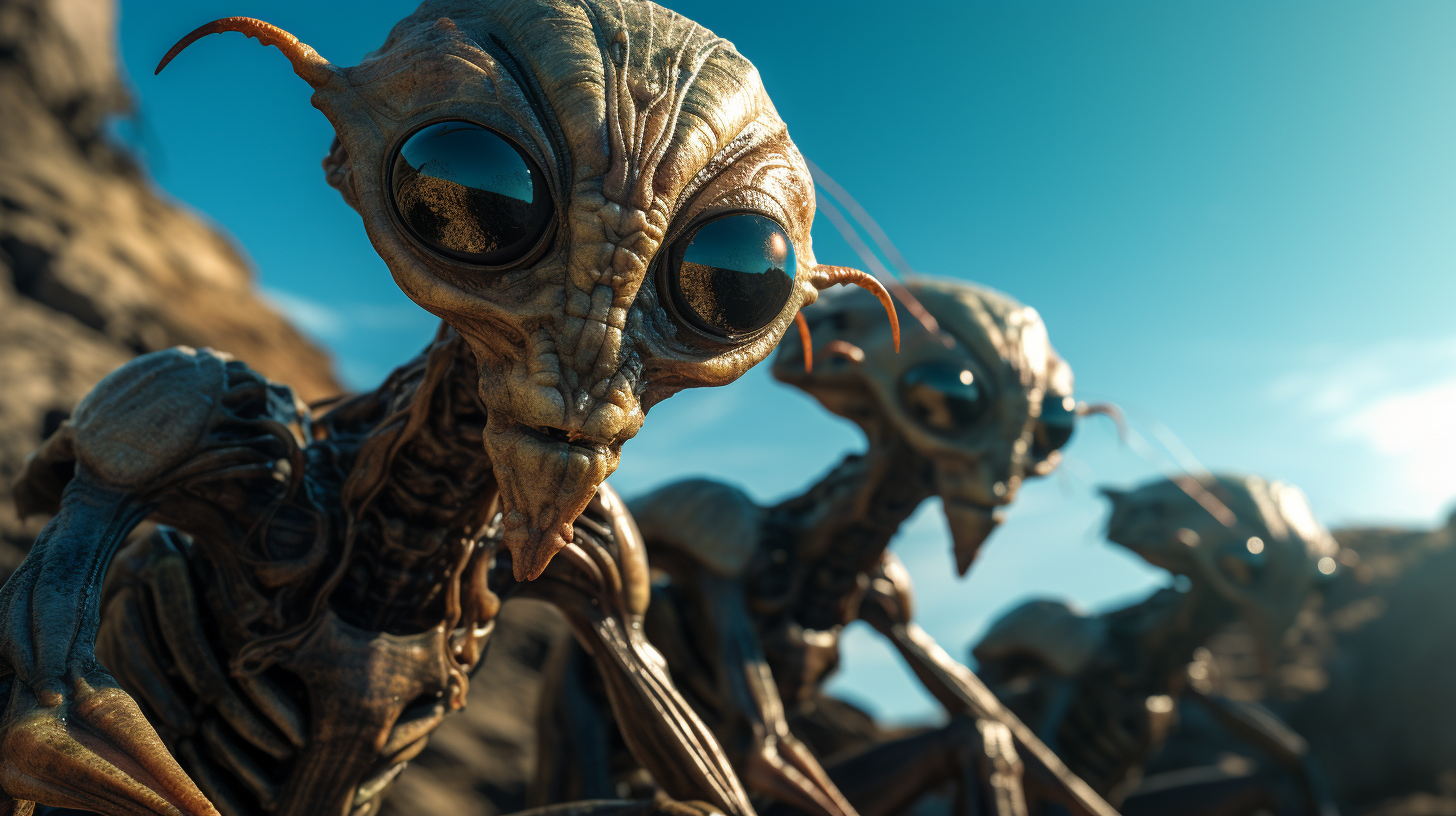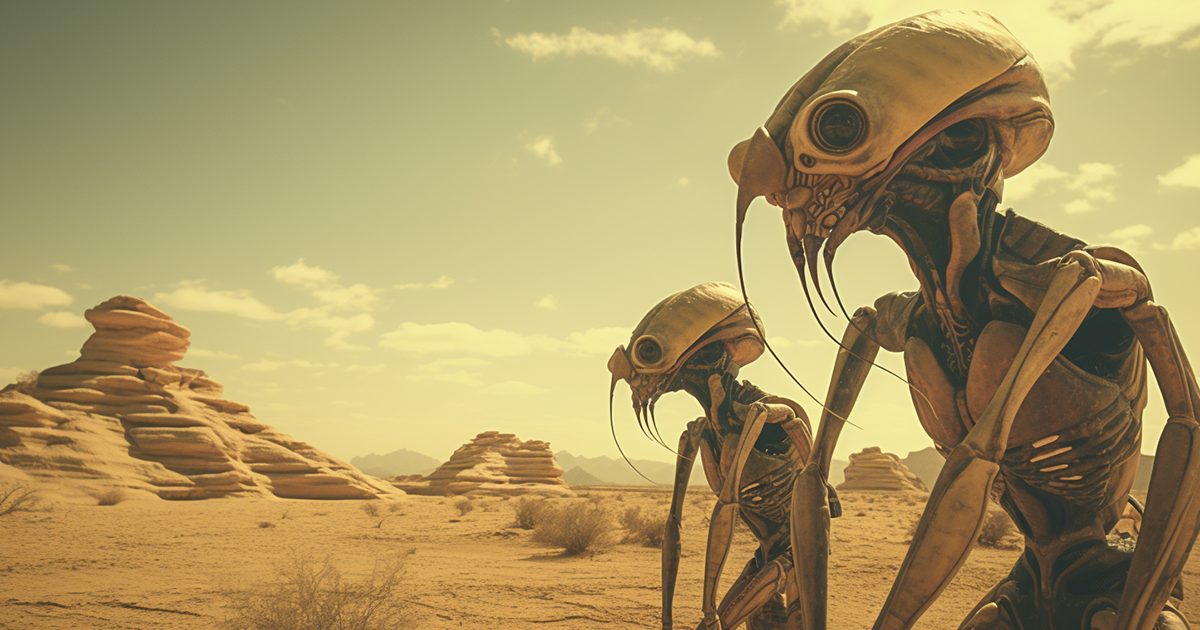In February 2013, a groundbreaking discovery was announced in the world of astronomy. Researchers at the Harvard-Smithsonian Center for Astrophysics, nestled in the intellectual hub of Cambridge, Massachusetts, unveiled findings derived from meticulous analysis of data acquired by NASA’s Kepler space telescope.
The revelation was nothing short of extraordinary—6% of all red dwarf stars, it was revealed, hosted planets with environments eerily similar to our own Earth.
This discovery sparked fervent discussions and debates among scientists and space enthusiasts alike, rekindling age-old questions about the potential for life beyond our solar system. The idea that life might exist on planets orbiting these long-burning red dwarf stars tantalized our collective imagination.
One of the most captivating aspects of this revelation is the possibility that life on these exoplanets could be drastically different from what we know on Earth. Evolution, a force that has sculpted the diversity of life on our planet, might have taken on an entirely new dimension under different cosmic circumstances.

As Dr. Peter Ward suggests, “The environment plays a really pivotal role in the direction that organisms evolve. So you can imagine that evolution played out on different planets might follow the same types of rules, but have completely different end products.”
Indeed, this notion opens the door to a breathtaking array of possibilities. Intelligence, a trait driven by the necessity to survive, could have arisen from creatures as diverse as reptiles, quadrupeds, or even mollusk-like organisms.
While the underlying cause might be consistent, the outcome could be entirely disparate in terms of anatomical structure.
The concept of intelligent beings taking on varied forms aligns with the ancient narratives of otherworldly visitors. When examining the historical records of extraterrestrial encounters on Earth, we encounter beings with bird heads, dog-like features, and even reptilian characteristics.
Could it be that these diverse forms are adaptations of intelligent life to their home planets’ conditions? The possibilities are boundless.

Ufology, the study of unidentified flying objects and extraterrestrial life, introduces us to a plethora of alien types reported by witnesses. Winged humanoids, resembling Mothman or the Houston Batman, and insectoid beings that appear as oversized insects contribute to the intriguing tapestry of alien diversity. The existence of bipedal reptilian creatures further adds to this mosaic of potential cosmic inhabitants.
It’s a tantalizing thought that the universe might be teeming with intelligent life, each species uniquely adapted to its home world.
As Dr. David Wilcock notes, ancient depictions of avian-human hybrids in Sumerian illustrations or elongated-skulled figures in Egyptian paintings seem to mirror contemporary accounts of extraterrestrial encounters. These striking parallels hint at the enduring presence of these enigmatic beings throughout history.
Video:
In the end, as we peer into the vast cosmic expanse, we are left with a profound realization. The universe, with its myriad of red dwarf stars and their potentially habitable planets, is a canvas upon which life has painted its own diverse and wondrous masterpieces.
The notion that intelligent beings, each molded by the unique conditions of their respective worlds, might coexist in the cosmic tapestry is awe-inspiring. As we ponder the possibilities, we remain ever-curious, poised on the precipice of discovery, and ready to embrace the astonishing diversity of life beyond our solar system.

29 thoughts on “The Astonishing Diversity of Life Beyond Our Solar System”
Comments are closed.